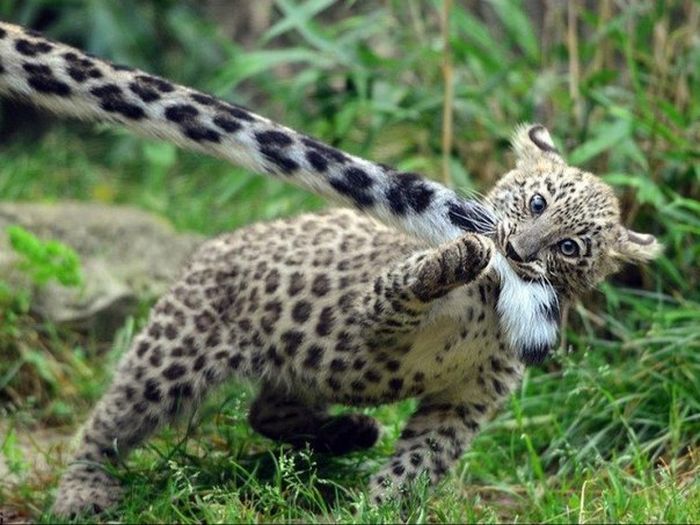Beavers trapped, relocated from Keller neighborhood
The beavers had dammed up a creek in the northwest Keller subdivision of Marshall Ridge, and for about six months, when it has rained, the creek overflows into yards and sidewalks.
So a manager of the development, whose website promotes wildlife, saying Marshall Ridge is home to a “number of animals native to the area,” contacted Plano-based A Wildlife Pro DFW to trap and move the beavers to a human-free environment.
‘Animals have feelings’
Fink said she checks the traps twice a day. Beavers typically work more at night and once they are captured, Evans will move the animal the next morning.
“The traps you want to use for them are big enough for a person to fit in,” Evans said. “You have to have some room for them to move around and fit comfortably so they’re not struggling as hard to get out and hurt themselves.”
I don’t mean to be state-ist or whatever, but this actually surprised me coming from Texas which isn’t exactly known for it’s beaver compassion. Beavers have feelings? And it’s better to relocate than trap? But these took the prize for the most unexpected paragraphs of 2014.
Prudi Koeninger, president of DFW Wildlife Coalition, a nonprofit whose mission “is to reduce … the incidence of orphaned or euthanized native wildlife” in DFW, said capturing and moving isn’t always the best option for beavers.
“Most of the time you don’t get the whole family, so they’re separated,” Koeninger said. “Beavers become independent at age 2, and before that the whole family takes care of the babies. Animals have feelings, family and commitments just as humans do, and there’s emotion if they lose a member of that family.”
Koeninger said one option for coexisting with beavers is to create a “beaver deceiver,” a device that uses PVC pipes to route water underneath dams in whatever direction the community needs.
“What beavers respond to is the trickling of water,” she said. “If you create a pathway underneath where there’s no trickling, you can get it flowing the way you want and the beaver will have no reason to keep working on the dam.”
Some wildlife companies also offer a kind of color-matching “tree paint” mixed with sand that deters beavers from eating the bark and prevents trees being torn down. 
Remember that DFW is Dallas Fort Worth wildlife rescue, the director of whom I had a long phone conversation in June when beavers were unwelcome in Irving. Which just goes to show you should always take time to try even when the odds of success seem bleak. The Irving beavers couldn’t be protected, but DFW really listened to info about beavers and co-existence. Which made them great communicators to the reporter of this article who actually did a stellar job.
Maybe next time the beavers can stay?
_________________________________________
And on our less-humane-than-Texas end of the spectrum you might check out this proud announcement of the new orphan arrived at Turtle Bay in our own state of California.
The weird part of this is, with the depredation permits we just got, I can see that if this kit is 7 weeks old in Redding that probably means the warrant that killed his parents looked like this:
Shasta Redding Crop/Landscape/Garden Damage (Landscape trees) # allowed = 2trapped by Bob Hassel permit issued by Pete Figura 6/23/2014.
You might want to save this somewhere in case he ever asks about his mom or Dad when he grows up.

















































